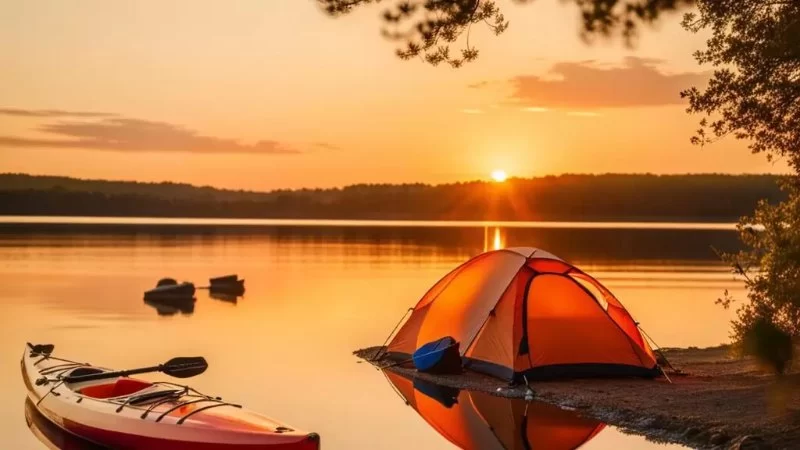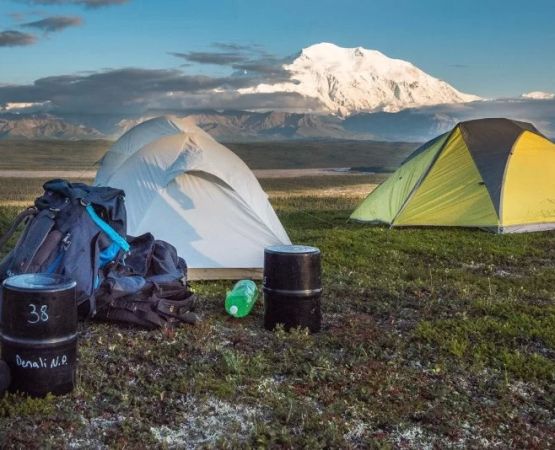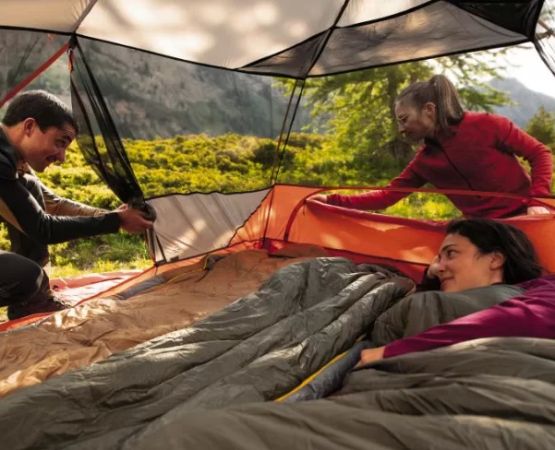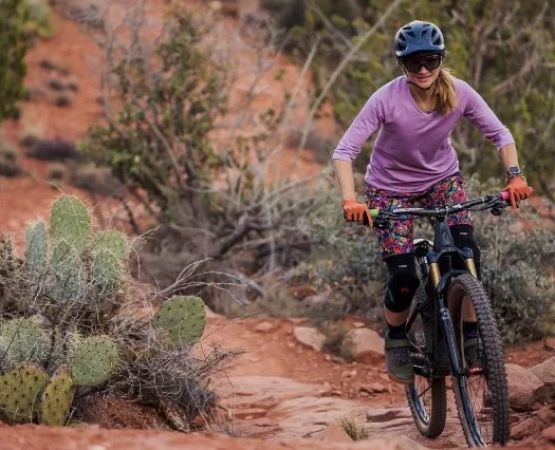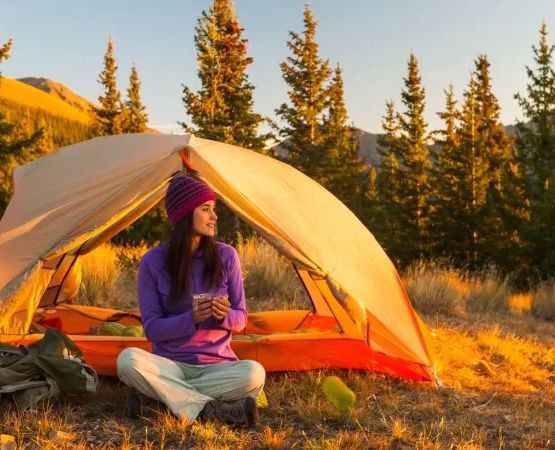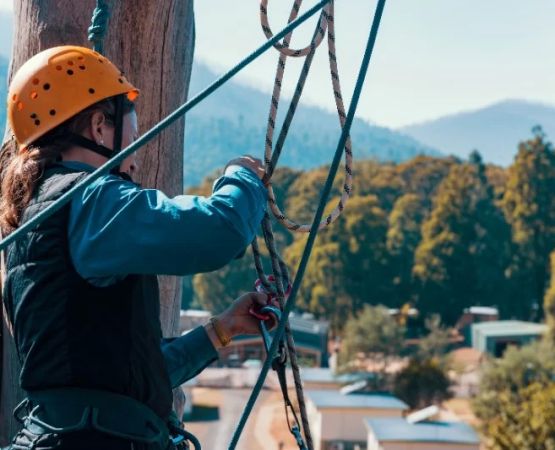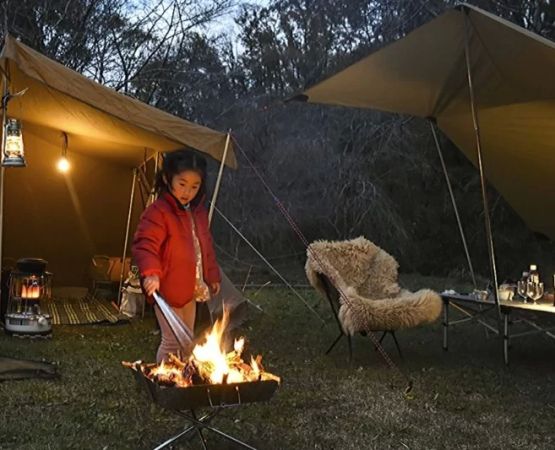- understanding-your-route-and-environment - Understanding Your Route and Environment
- evaluating-campsite-accessibility-by-kayak - Evaluating Campsite Accessibility by Kayak
- prioritizing-safety-and-weather-considerations - Prioritizing Safety and Weather Considerations
- balancing-solitude-and-convenience - Balancing Solitude and Convenience
- checking-regulations-and-permits - Checking Regulations and Permits
- firsthand-stories-from-the-water - Firsthand Stories from the Water
- relying-on-trusted-resources-like-pine-cliff-resort - Relying on Trusted Resources Like Pine Cliff Resort
1. Understanding Your Route and Environment
Planning for a kayak touring adventure starts with knowing where you're headed. Whether paddling along the Apostle Islands of Lake Superior or winding through Florida’s mangrove tunnels, the surrounding terrain determines the kind of campsite you need. Is the shoreline rocky or sandy? Are tides strong? Do you expect to encounter marshes, cliffs, or forested inlets? These details influence everything from tent placement to water accessibility. Familiarizing yourself with topographic maps and tide charts beforehand is essential.
2. Evaluating Campsite Accessibility by Kayak
A perfect spot on foot might be a nightmare with a fully loaded kayak. When scouting, look for gently sloping beaches or protected coves where you can land and launch with ease. Avoid areas with heavy surf or narrow access points that could pose challenges in changing weather. One experienced paddler once shared how they had to drag their gear 400 feet through thick reeds—an exhausting error that could’ve been avoided with better site pre-planning. Don’t just think about where you’ll sleep—think about how you’ll get there.
3. Prioritizing Safety and Weather Considerations
Wind direction, rising water levels, and flash storms can quickly turn a great campsite into a hazard. Ideally, your site should offer some elevation and natural windbreaks, such as tree cover or cliff walls. Never camp too close to the waterline, especially in tidal zones. Also, be aware of wildlife presence—setting up near a game trail or bear habitat is not just risky, it’s irresponsible. Many seasoned kayak tourers recommend carrying a compact weather radio or GPS beacon for emergency alerts.
4. Balancing Solitude and Convenience
While the charm of kayak touring often lies in solitude, it’s worth finding a site that balances privacy with practicality. You’ll want access to fresh water, flat ground, and ideally, a short paddle away from the next day’s leg. Too remote, and you risk being out of range in case of emergency; too public, and you might sacrifice tranquility. If you're new to kayak touring, consider starting with semi-established water-access campsites that offer backcountry feel with some basic amenities.
5. Checking Regulations and Permits
Not all appealing spots are legal to camp on. Always research local regulations—especially in national parks or protected wilderness areas. Some regions require permits, limit the number of nights you can stay, or ban open fires. Respecting these rules not only protects nature but also helps ensure areas remain open to future paddlers. Rangers have been known to fine paddlers who ignored “no camping” signage—even if it was just for one night.
6. Firsthand Stories from the Water
Many veteran kayakers can recount moments where the right campsite made a trip unforgettable—or saved it from disaster. One couple described an impromptu stop on a rocky inlet during a lightning storm, where a narrow tree-covered bluff provided essential cover. Another solo paddler once stumbled upon a tiny island in Maine with bioluminescent waters and seals playing nearby—an accidental detour that became the highlight of the trip. These moments reinforce the value of flexible plans and sharp eyes.
7. Relying on Trusted Resources Like Pine Cliff Resort
If you're looking to base your kayak tour from a reliable launch point with access to prime sites, Pine Cliff Resort is a name you can count on. Known for its proximity to top paddling routes and locally informed recommendations, it’s a great resource for both beginners and experienced explorers. From maps and gear to insider tips on hidden coves, having support from a knowledgeable outfitter can elevate your entire experience.

